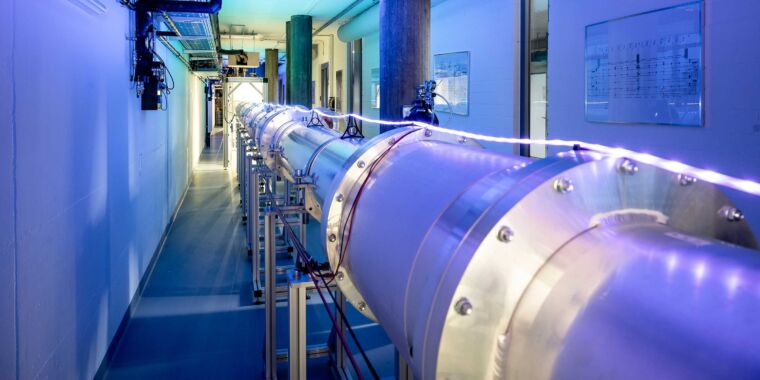From the article:
A new experiment uses superconducting qubits to demonstrate that quantum mechanics violates what’s called local realism by allowing two objects to behave as a single quantum system no matter how large the separation between them. The experiment wasn’t the first to show that local realism isn’t how the Universe works—it’s not even the first to do so with qubits.
But it’s the first to separate the qubits by enough distance to ensure that light isn’t fast enough to travel between them while measurements are made. And it did so by cooling a 30-meter-long aluminum wire to just a few milliKelvin. Because the qubits are so easy to control, the experiment provides a new precision to these sorts of measurements. And the hardware setup may be essential for future quantum computing efforts.
I didnt know this was done with qbits, but i thought i heard that china had launched a satellite with one half of an entangled partical pair and confirmed that changing one changed the other instantanously.
That’s wild.
Has it been proven to exchange information using this or is it simply the quantum entanglement? I thought quantum entanglement could be separated by light years and do the same collapse at the exact same time but that no useful information could be sent via this.
@notfromhere I thought the point was proving the collapse at a distance. From the article: “You need to show that the correlation in the measurements could not have been mediated by information traveling at the speed of light.”
This particular experiment was a test of the Bell inequalities, so it didn’t attempt any information transfer. But quantum entanglement can be used to communicate information into two senses. First, it can transfer quantum information, such as a superposition state, which can’t be done through ordinary channels without collapsing the state; this is quantum “teleportation.” Second, it can augment classical communication by, for example, allowing more information to be packed (“dense” or “superdense” coding). Neither of these allows information to be sent faster than light, but both are still very useful.






